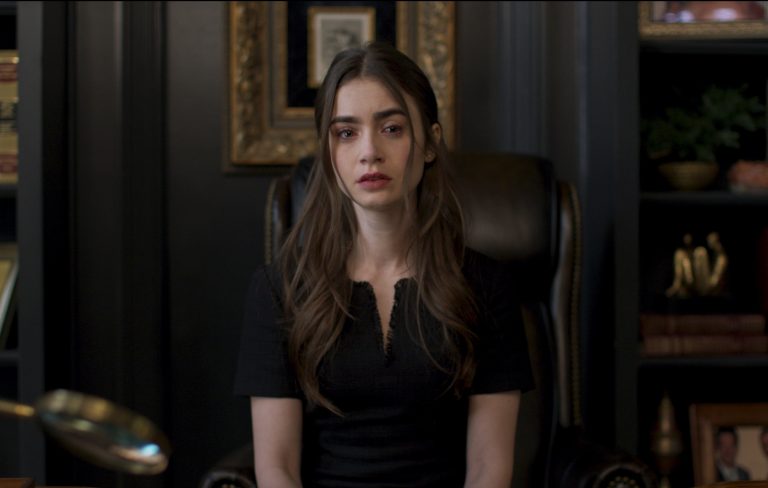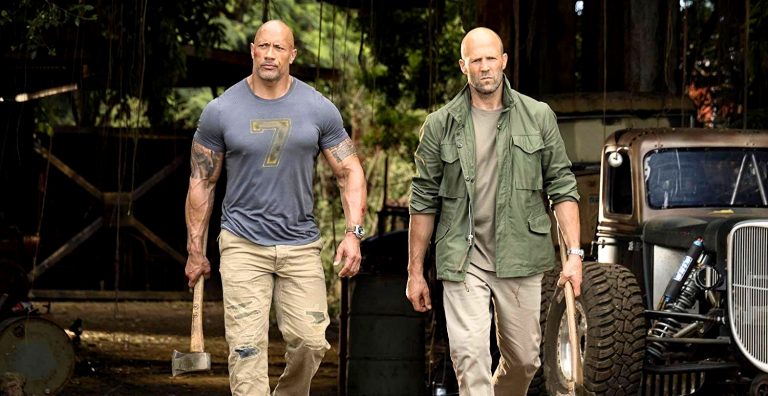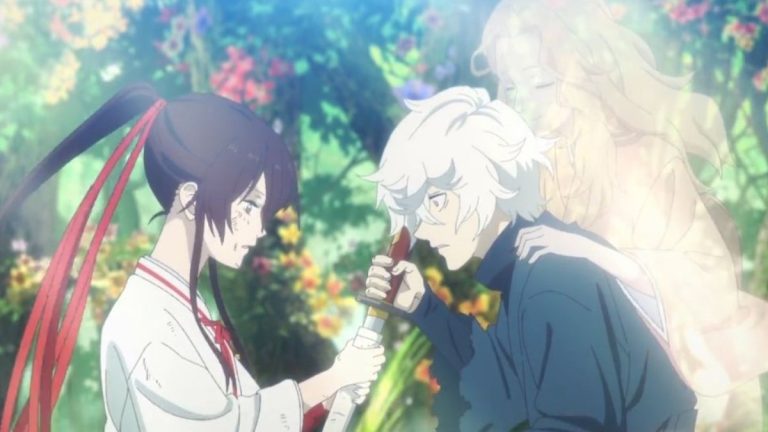‘Kaali Khuhi’ is another addition, the second of the year following Anvita Dutt’s Bulbbul, to the new wave of Indian horror films imbued with a purposeful social consciousness and import. The intentions are noble, that of casting the lid off some social undercurrent with genre slant, as director Terrie Samundra weaves a story set in rural Punjab, thematically rooted in the dehumanizing practice of female infanticide that was once a daily norm and lived reality in the village. But the execution is severely stilted and suitably mars the impact Terrie aspires for.
The ten-year-old Shivangi goes with her parents, Priya and Darshan, to her father’s ancestral village in Punjab, because her grandmother has fallen ill. On her arrival, she notices peculiar amulets dangling off many a front door in the neighborhood. As her grandmother regains composure and recuperates, Shivangi realizes the latter’s active resistance and sheer distaste to the prospects of a girl child, and in her childlike naivete, grasps only a facet of the deeply entrenched misogyny in her grandmother. The grandmother refuses to communicate in any form whatsoever with Priya, never having forgiven her daughter-in-law for not bearing a male child and instead birthing a girl.
Related to Kaali Khuhi – TUMBBAD [2018]: ‘VENICE FILM FESTIVAL’ REVIEW
The conflict over the sex of a progeny hovers eerily over the entire village, and it was the prevalence of this mode of regressive thought and monstrous deed that combined to unleash a deathly chain of events which gripped the village once upon a time. There is also Satya Aunty, a woman brimming with maternal affection and bent over with a certain world-weariness. She has been a receptacle for many past unspeakably horrific atrocities, and it has left a dent on her soul which she tries to camouflage with love once denied to her.
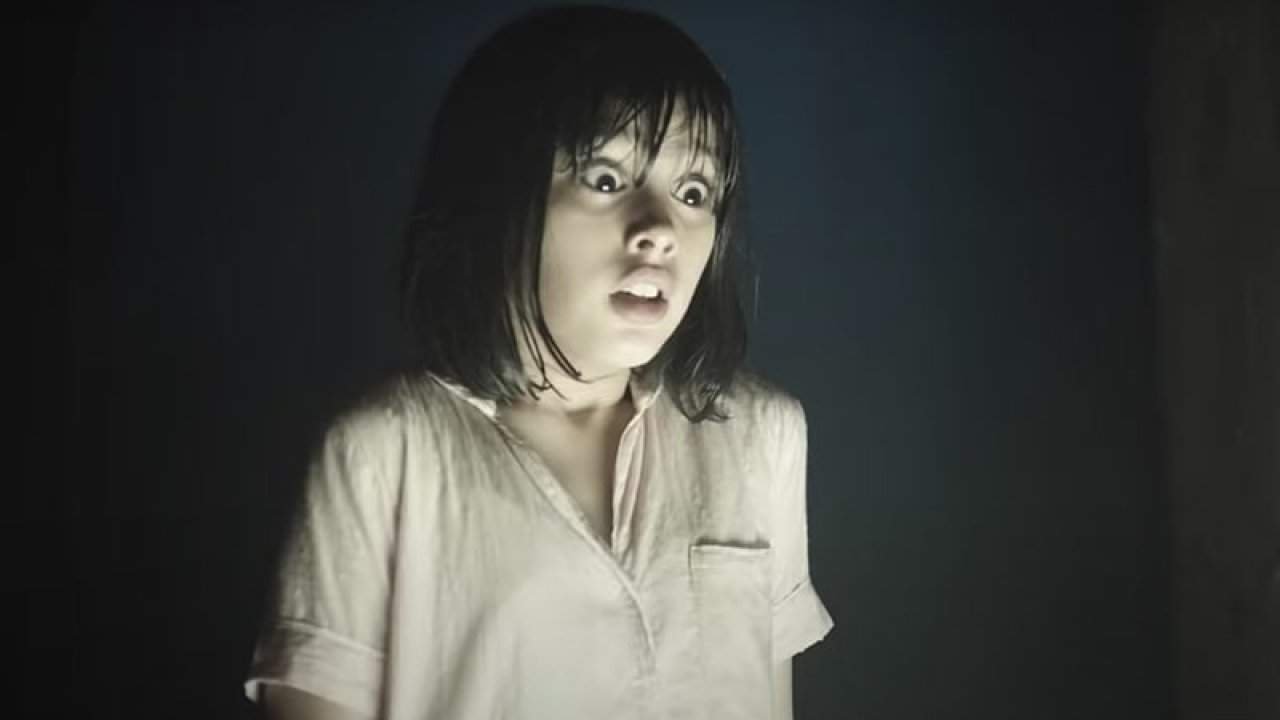
The village well is a site of barbarity and signifies the darkest recesses of human nature and behavior. In the tense opening sequence, the well is unsealed and the ripples of the past come tumbling out, unchecked, in all its sanguinary vengeance and a lethal, untrammeled quest to violently reprove the wrongdoers for their odious crimes. A thickening fog shrouds the village permanently. The skies are grim, sunless, and rain keeps constantly gushing forth in terrific, all-consuming intensity, swathing the vast fields with squelchy mud and marsh. There are multiple decrepit settlements that dot the village, lending the setting an air of bleak dereliction. Terrie builds an atmosphere and mood with a nice proportion of intrigue.
The setup and the idea are both instantly compelling and because the place is captured with such immaculate visual fastidiousness, I eased into the world quite early on. But the problem is the building blocks do not have much meat to consistently hold it up for the entire stretch. Samundra seems to have had an engaging one-line pitch strike her one day out of the blue, and then hastily, clumsily chalk out narrative sequences around it. The writing is so slim that it wholly brings the film crashing down whenever even two characters have an exchange because that quickly exposes the sheer wishy-washiness of the dialogues by Rupinder Inderjeet. Neither is there a striking line of dialogue that undercuts a history of a character or his/ her motivations with subtle eloquence nor are the eventual situations particularly persuasive.
Related to Kaali Kuhi – VILLAGE OF THE DAMNED [1960] REVIEW: BEWARE THE STARE THAT BEWITCHES!
A woman with one eye shows up every now and then, connoting peril to those near her, but I found her a pasty jumble of characters we have seen earlier, reminding me of a similarly ineffective woman who kept popping up frequently in Prosit Roy’s far more inventive Pari. The insidious stench of collective sin, whose fallout is the “curse” that vexes the village, does not come through. The cycle of violence and discrimination is meant to be broken by the new generation possessing a new way of thinking, represented by Shivangi. What’s troubling is Samundra even explicitly spells this truism out for the viewer, as if not trusting of the viewer to make out such a simple fact of life.
The characters are too thinly written for the viewer to forge any emotional connection. Satyadeep Mishra as Darshan gets the short shrift; he is saddled with a character whose agendas are so deliberately obfuscated I had no clue why he was doing what he was, and I don’t mean it in some fascinating manner but a rather painfully vapid way. He is adamant about keeping his daughter and wife in the village and even Satyadeep looks perplexed, mirroring the befuddled condition of this viewer.
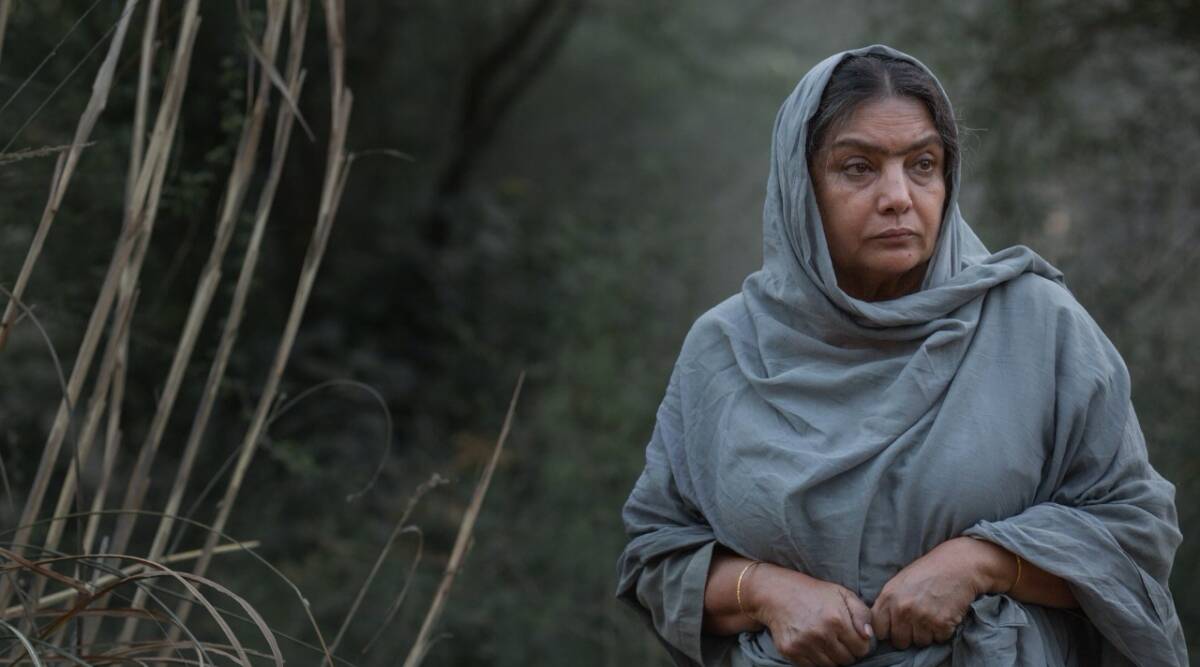
Satya Aunty, in hindsight, is the most compelling character but it could be also so because Shabana Azmi manages to make the brunt of her character’s past actions on her soul so harrowingly perceptible. It is only Azmi who endows her character with a trace of an accent, truthful to the geographical spaces of rural Punjab. In fact, the Hindi dialogues do come off as bizarre, in odd disjointedness with the specific lingo or dialect the village must have had. As Shivangi, Riva Arora has too much of a daunting task to carry a film; she does falter in few scenes with misplaced shrill notes sounding insincere but mostly has an endearing, untouched quality to her which sees her through.
Sejal Shah’s masterful cinematography is the primary reason Kaali Khuhi stays afloat. Sejal captures the morbid and ghastly undertone with an unerring exactitude. The yawning dark spaces and sequestered lanes the film abounds in are all tapped into breathtakingly by him and I would have loved to watch this film on a big screen to soak in the visual menace Sejal creates extraordinarily well.
Also, Read – 10 Great Foreign Horror Movies You Can Watch Right Now
Women are the agents and carriers of the patriarchal custom as the film highlights, and Samundra is uninterested in any coercive male authority except Darshan whose driving forces are barely explained, shifting the gaze and scrutiny on to the women who have inherited and imbibed the toxicities of such practices and persist in inflicting on to the forthcoming generations. But the critique is too slight and shallow and vague in essence to allow the film any actual nuance or insight.
Even as the circumstances get progressively silly, the film adopts and studiedly maintains a somber façade. The presentation is too garish and simultaneously bizarrely insipid that even at a runtime of ninety minutes, it feels like one long-drawn, awfully protracted state of affairs. The backstory is done in such an excruciatingly slovenly fashion I kept groaning and at several points, whenever the spirit appears to attack some character and there is an ensuing physical tussle, I wanted to tear my hair out exasperatedly.
May I put in a personal request to filmmakers working out there?
Can you please just mull over and concentrate on building a persuasive, thoughtful narrative without evidently palpable anxieties of inserting some feminist strand to add to the social import of the film? It will save us, viewers, from getting riled up, and yet another supposedly important story that you think needs to be told, which has little care in its basic writing, can just be averted.
Kaali Kuhi Trailer
Kaali Kuhi is now streaming on Netflix




